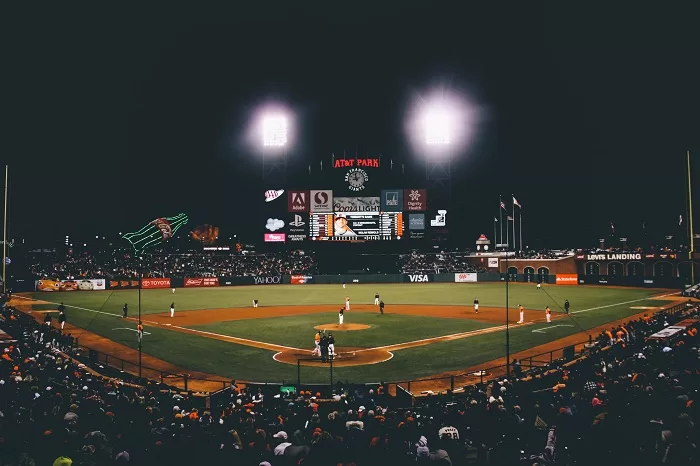Entertainment
The Sports Industry Bouncing Back After Covid 19

In recent months, SARS-COV-2 has definitely changed our daily routine and planning and tends to change the way we live in the future. There is no area of our life that has not been affected by the pandemic that suddenly entered our lives and literally “froze” everything. So it was inevitable that sport (professional and amateur) would be affected and even now, the future will be different from what we knew.
Developments in the economy will determine the magnitude of this blow. Especially in amateur sports where the main sources of income are the academies and the sponsors (young and old) the future will be completely different from the past. However, in recent months we have started to see sports coming back to our lives. This is such a beneficial thing for many; as we have spent our months rewatching our beloved sports, playing sports online and engaging in news. Whether that’s the news on transfers or the possible upcoming matches of the season.
Amatuer Sports & Trainees: Big Changes
Sponsorships for amateur clubs may also be affected. A lot of sponsorships come from companies in the cities where they are mainly active. Most businesses have large and rarely small losses from this crisis. The companies related to catering and tourism in particular already show reduced turnovers and experts say that unless something shocking happens very soon, the turnovers of these companies will be reduced by up to 70% while many of them may not open ever again. As one can easily understand, such companies will not be able to re-award clubs for at least the next two years.
Coaches’ fees, athletes and other stakeholders are sure not to be left unaffected. If we want amateur sports to stay alive we must all help. Otherwise the amateur clubs will simply not work, with all that entails, for the athletes, the coaches and others involved but also in general in what has to do with the importance of sports in the general health of the population since its lack sports activity among other things causes reduced physical condition and weak immune system, lack of socialization and communication, risk of developing stress and depression and reduced management capacity.
Live sports: What to expect
Access to facilities is the second important element that is changing. An entrance, guarded for the organized public sports facilities where the incoming and outgoing are recorded for reasons of possible case tracking. So be prepared to hand over your details when entering sports venues (as you would in restaurants/bars).
According to the World Economic Forum (World Economic Forum), the global value of the sports industry is estimated at $ 471 billion in 2018 (up 45% from 2011) and before the advent of the coronavirus the revenue trend was estimated to be significantly upward. Specifically, tens of billions have been lost in clubs’ lost profits from ticket purchases, match day revenues (purchase of official products, catering, entertainment at sports venues, etc.). The good news is though that we are starting to see that important return.
Use of New Media and social media
In today’s new communication landscape does not mean media and sports media without having a website, social media account (Facebook, Twitter, Instagram, Linkedhn), now they are expanding to Snapchat, Tik Tok. Social media also interacts with users, fans which is a way that people can keep up with sports news without putting themselves at risk, if they feel that they would be. New data measures are also created in the coverage of sports events (eg Live broadcasts from social media). Disseminating content from social media helps to penetrate a young audience and also helps introduce sports to people who may not have had much interest in it previously.

Source: Unsplash
In recent months, with the rise of people consuming sports via internet (social streaming), have found application in the field of sports entertainment, in which television played and continues to play a very important role and have led to new forms of broadcasting and new interests.
Robotic journalism?
This is the production of automated journalistic content, or the production of content with an algorithm (artificial intelligence). Robotic journalism started with sports (and financial) reporting and today has expanded to a wide range of reporting and is used by many large media organizations creating a very big change in the journalism ecosystem. Algorithms are used by social media, while bots are also part of robotic journalism. One of the latest developments is robot news presenters (Chinese Xinhua news agency). Le Figaro’s Mondial Stories at the World Cup 2018 (tool that with the help of artificial intelligence creates visual summaries with graphics for each match of the World Cup, through the last whistle of the end of each game), the English Telegraph with the animated graphic Roboblogger.

























































